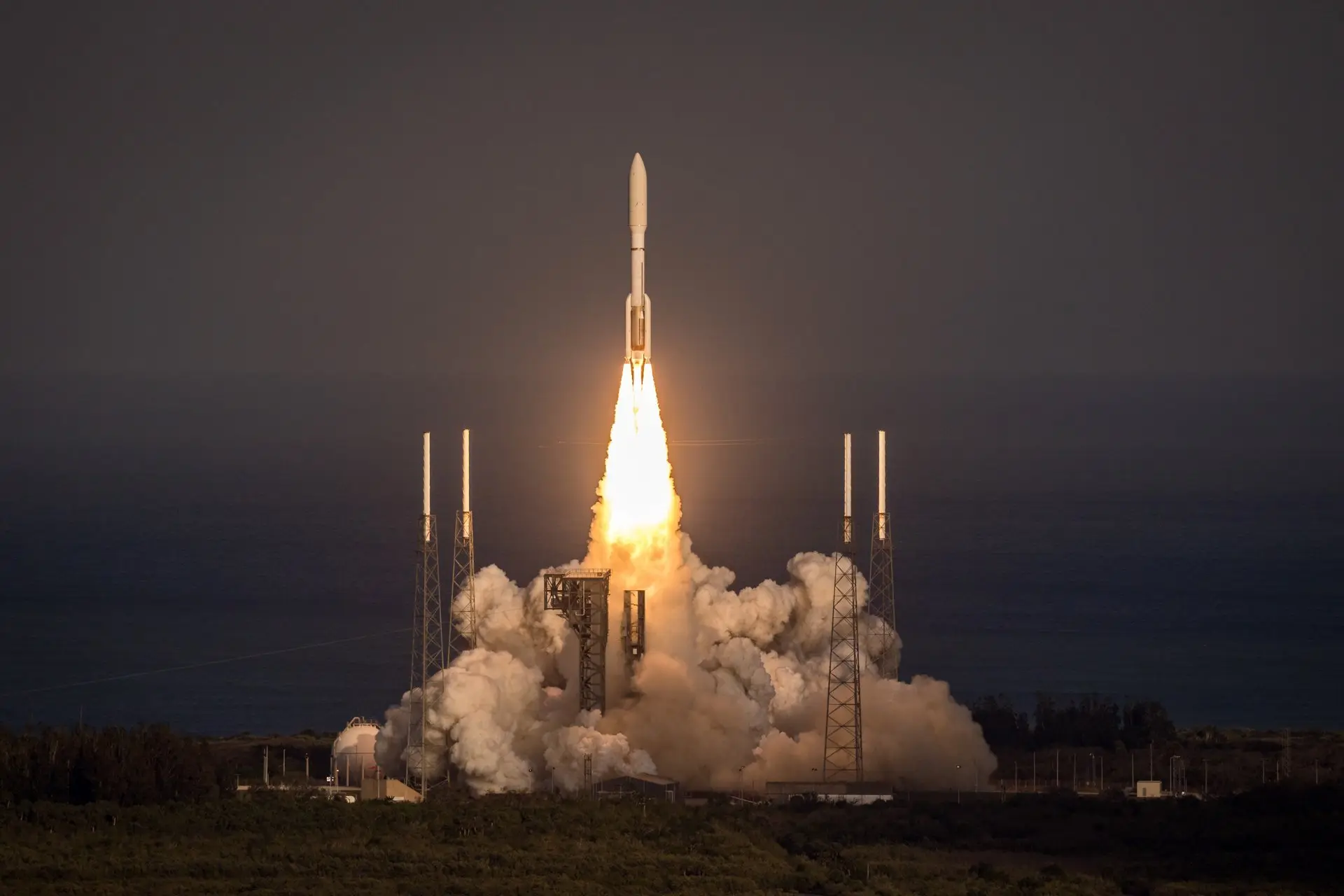Imagine a world where aircraft parts are printed on-demand, spacecraft components are customized for each mission, and the limitations of traditional manufacturing no longer constrain aerospace innovation. This reality is being shaped by Selective Laser Sintering (SLS) 3D printing, revolutionizing the aerospace industry today.
As the aerospace sector undergoes a revolutionary transformation, SLS 3D printing stands at the forefront. This technology is redefining aircraft and spacecraft design, reducing weight and fuel consumption, and enabling complex geometries previously impossible to manufacture. But what is SLS 3D printing, and why is it pivotal in aerospace?
Understanding SLS 3D Printing
SLS 3D printing is a powerhouse in modern aerospace manufacturing, offering micron-level precision, strength for flight and space, and rapid prototyping. The process involves spreading a thin layer of fine powder on a build platform, where a laser selectively melts the powder to create a solid part layer by layer.
The SLS Process:
- Powder Spreading: A roller spreads a thin layer of powdered material.
- Laser Sintering: A laser selectively fuses the powder particles.
- Layer Lowering: The build platform lowers slightly.
- Repeat: Steps 1-3 are repeated until the part is complete.
- Cooling and Cleaning: The part cools in the powder bed and is then cleaned.
Materials in SLS
SLS uses a variety of materials tailored for aerospace, including:
| Material | Properties | Common Applications |
| Polyamide (Nylon) | Strong, flexible, heat-resistant | Ducting, brackets, interior components |
| Aluminum-filled Nylon | Lightweight, good thermal properties | Heat exchangers, functional prototypes |
| Carbon Fiber-filled Nylon | High strength-to-weight ratio | Structural components, drone parts |
| PEEK | Excellent mechanical properties, chemical resistant | High-performance engine components |
Why Aerospace Loves SLS
SLS is favored in aerospace for its ability to reduce weight, offer design freedom, enable rapid prototyping, and make small production runs economically viable. It also maximizes material efficiency by only using necessary materials.
Revolutionary Applications of SLS in Aerospace
SLS is transforming various aspects of aerospace, from aircraft components to space exploration.
Aircraft Components:
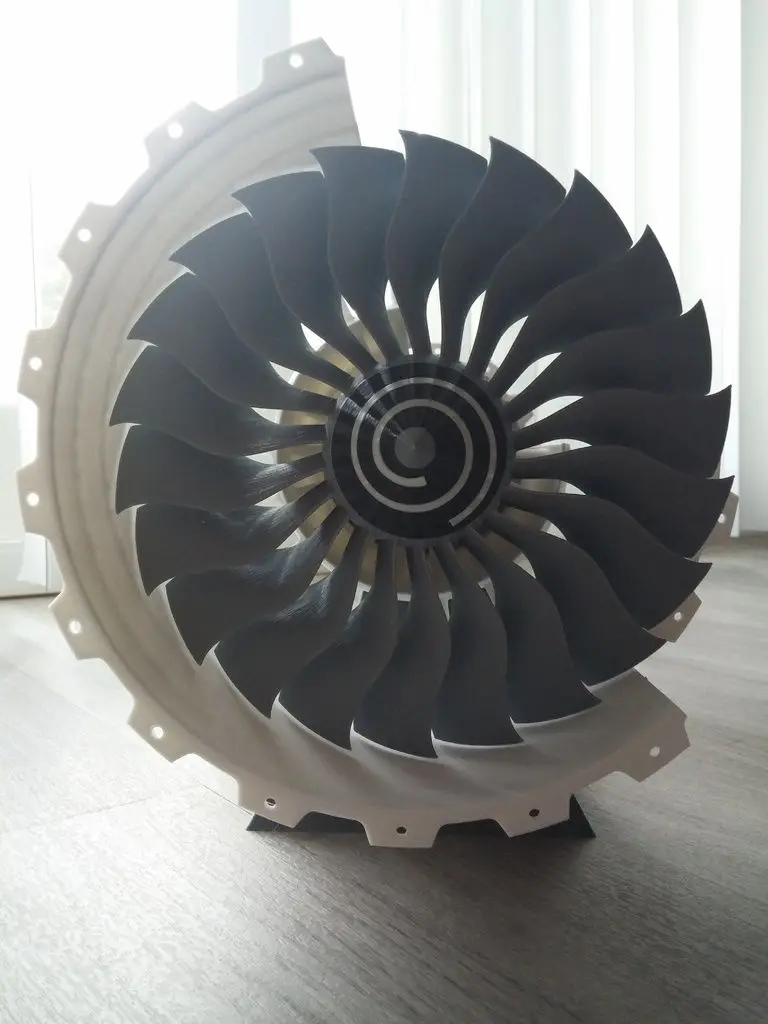
- Engine Parts: Lighter and more durable fuel nozzles, turbine blades, and brackets.
- Interior Components: Lightweight seat frames, optimized air ducts, and durable tray tables.
- Structural Elements: Improved wing ribs and fuselage components.
Spacecraft and Satellite Parts:
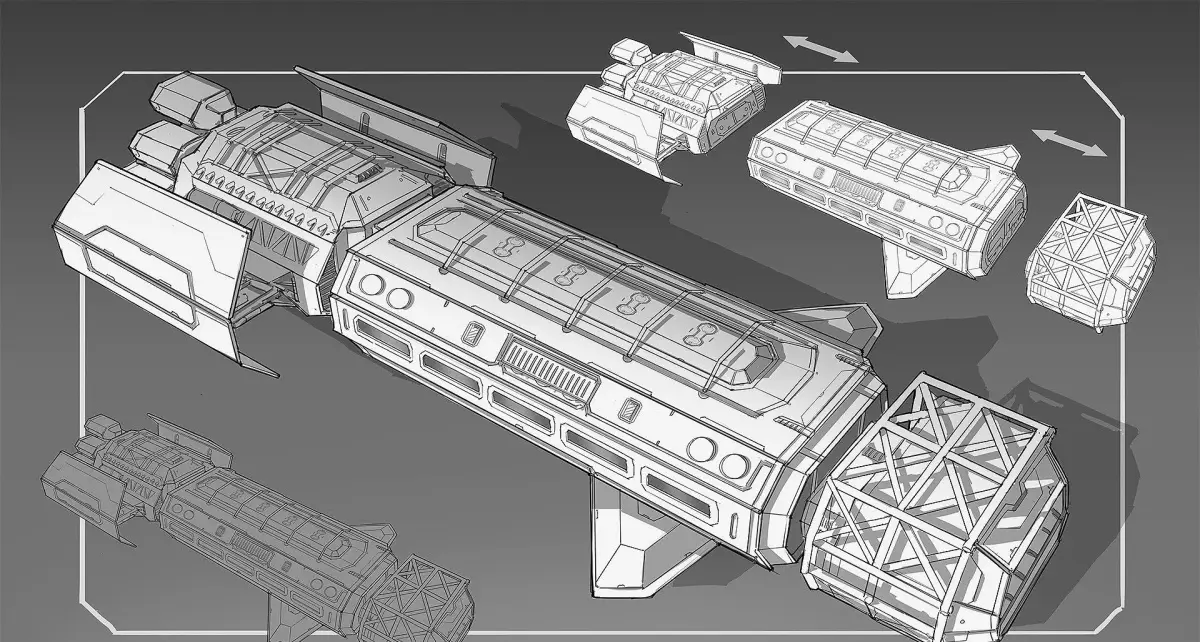
- Lightweight Structures: Essential for escaping Earth’s gravity.
- Custom-designed Components: Specific parts for mission requirements.
- Fuel System Parts: Efficient propulsion systems.
SLS in Space Exploration and Military Applications
SLS is crucial in space exploration, helping create lightweight, custom components for missions. In defense, it enables the production of complex, lightweight parts for aircraft and drones.
The SLS Advantage
Compared to traditional manufacturing, SLS offers significant improvements:
- Weight Reduction: Up to 70%
- Cost Savings: Up to 90%
- Lead Time Reduction: 50-80%
- Part Consolidation: Up to 100 parts into 1
- Fuel Efficiency Improvement: Up to 25%
Challenges and Future Directions
Despite its advantages, SLS faces challenges such as material limitations, build size constraints, and the need for extensive post-processing. The future, however, looks promising with advancements in materials, larger build volumes, AI-driven design, and in-space manufacturing.
Conclusion
SLS 3D printing is set to transform aerospace manufacturing. From lighter aircraft components to innovative spacecraft parts, SLS is pushing the boundaries of what’s possible. As technology evolves, we can expect even more groundbreaking applications, making the future of flight lighter, stronger, and more efficient.
SLS Success Stories in Aerospace
1.Boeing’s Space Launch System (SLS) has made significant strides in reducing both weight and production costs, particularly in areas such as environmental control systems and seat frames. Here are some key points regarding these advancements:
Weight Reduction: The SLS has been designed to optimize the use of materials, which contributes to a lighter overall structure. This is crucial for enhancing the rocket’s performance and efficiency during launches.
Cost Efficiency: By transitioning to a combined commercial services approach and potentially utilizing fixed-price contracts, Boeing aims to lower production costs over time. This strategy is expected to streamline operations and reduce financial overhead associated with the SLS program.
Environmental Control Systems: The SLS incorporates advanced environmental control systems that improve air supply and temperature regulation within the spacecraft. These systems are designed to be more efficient and easier to maintain, which can lead to further cost savings in the long run.
Production Contracts: NASA has finalized substantial contracts with Boeing, including a $3.2 billion deal for the manufacture of core and upper stages for future SLS rockets. This investment reflects confidence in Boeing’s ability to deliver on the SLS program while managing costs effectively.
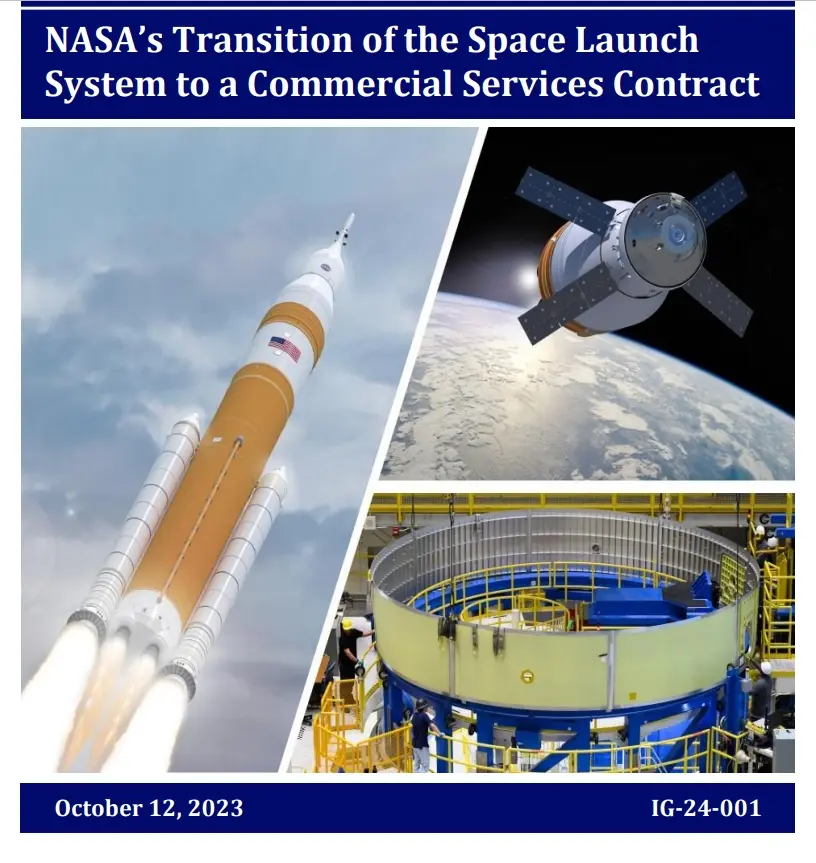
2. The Airbus A350 XWB has integrated advanced manufacturing techniques, including the use of Selective Laser Sintering (SLS), particularly for components like titanium brackets and cabin sidewalls. Here are some key insights regarding these innovations:
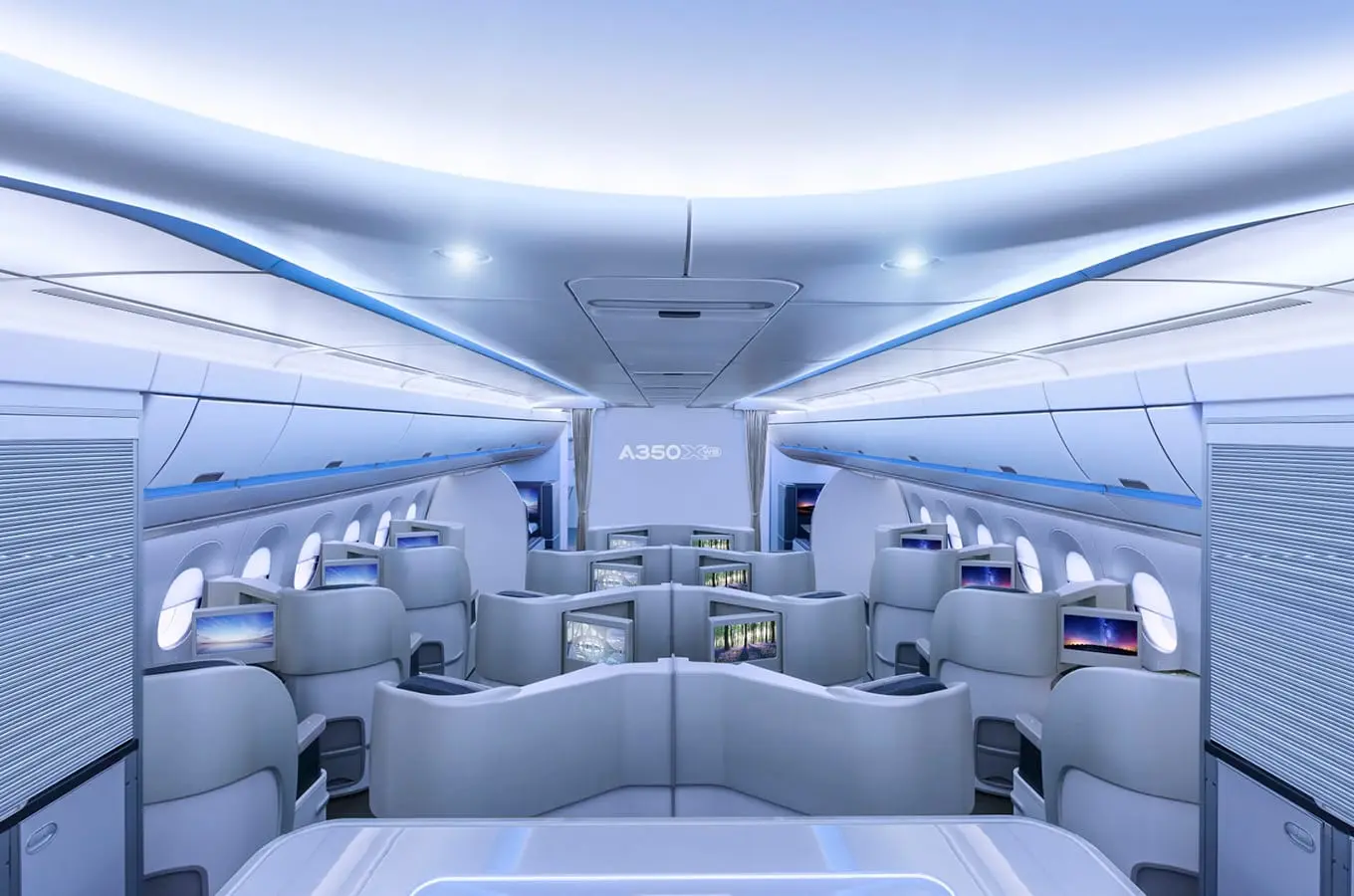
- Selective Laser Sintering (SLS): This 3D printing technology allows for the creation of complex geometries that are often lighter and stronger than traditionally manufactured parts. By using SLS for titanium brackets, Airbus can produce components that meet stringent aerospace standards while reducing weight.
- Fuel Efficiency: The reduction in weight from using SLS-manufactured components contributes to improved fuel efficiency. Lighter aircraft require less fuel to operate, which not only lowers operational costs but also reduces carbon emissions, aligning with the industry’s push for more sustainable aviation practices.
- Cabin Comfort: The use of SLS in manufacturing cabin sidewalls allows for more innovative designs that can enhance passenger comfort. This includes better integration of systems and potentially more spacious cabin layouts, as well as improved acoustic properties due to the materials used.
- Material Properties: Titanium is known for its high strength-to-weight ratio, which is particularly beneficial in aerospace applications. The ability to produce titanium parts through SLS means that Airbus can leverage these properties while also taking advantage of the design flexibility offered by additive manufacturing.
- Production Efficiency: The adoption of SLS technology can streamline the production process, reducing lead times and costs associated with traditional manufacturing methods. This efficiency is crucial for meeting the demands of modern aircraft production, where speed and adaptability are key.
Navigating Turbulence
The future of SLS in aerospace is bright, with ongoing research addressing current challenges. Advanced materials, larger build volumes, real-time defect detection, and hybrid manufacturing are set to propel SLS technology to new heights.
Conclusion: A New Era of Aerospace Innovation
From commercial airliners to Mars missions, SLS is revolutionizing aerospace manufacturing layer by layer. As this technology advances, the aerospace industry will continue to innovate and reach new heights, making the sky no longer the limit.
From Blueprint to Blue Skies: SLS Success Stories in Aerospace
Imagine an aircraft engine 25% lighter than its predecessors, a spacecraft with custom-built parts that withstand Mars’ harsh conditions, or a military drone redesigned and deployed rapidly. These aren’t sci-fi scenes but real-world examples of how Selective Laser Sintering (SLS) is revolutionizing aerospace. Let’s explore some impressive SLS success stories across commercial aviation, space exploration, and defense.
Commercial Aviation: Flying High with SLS
The commercial aviation sector quickly embraced SLS technology, with significant benefits:
Boeing’s Cabin Revolution
Boeing has been at the forefront of adopting SLS for aircraft components, achieving:
- Environmental Control System (ECS) Ducts: 50% weight reduction, 90% cost savings, improved airflow efficiency.
- Seat Frames: 30% lighter, enhanced passenger comfort through ergonomic design, faster production and replacement cycles.
Impact:
- Reduced fuel consumption
- Lower carbon emissions
- Improved passenger experience
Airbus and the A350 XWB
Airbus leveraged SLS to push aircraft design boundaries with the A350 XWB:
- Titanium Bracket: 30% weight savings, complex geometry.
- Cabin Sidewalls: Improved thermal and acoustic insulation, reduced assembly time.
Results:
- 25% improvement in fuel efficiency
- Shorter production lead times
- Enhanced cabin comfort
Space Exploration: NASA’s Giant Leap with SLS
NASA has been a pioneer in adopting additive manufacturing for space applications:
Mars Rover Components
The Mars 2020 mission, featuring the Perseverance rover, showcased SLS’s potential:
- MOXIE Instrument Housing: Complex channels for CO2 processing, lightweight yet durable.
- Sample Caching System Components: Intricate moving parts, dust-resistant features.
Benefits:
- Reduced mission weight
- Enhanced functionality in the Martian environment
- Faster iteration and testing of designs
International Space Station (ISS) Innovations
SLS has found its way to the ISS, demonstrating its potential for in-space manufacturing:
- Tool Replacements: On-demand printing of tools and spare parts.
- Science Experiment Housings: Custom-designed enclosures for specific experiments.
Impact:
- Reduced reliance on Earth-based supply chains
- Increased mission flexibility
- Cost savings on cargo launches
Defense and Military: Stealth and Strength
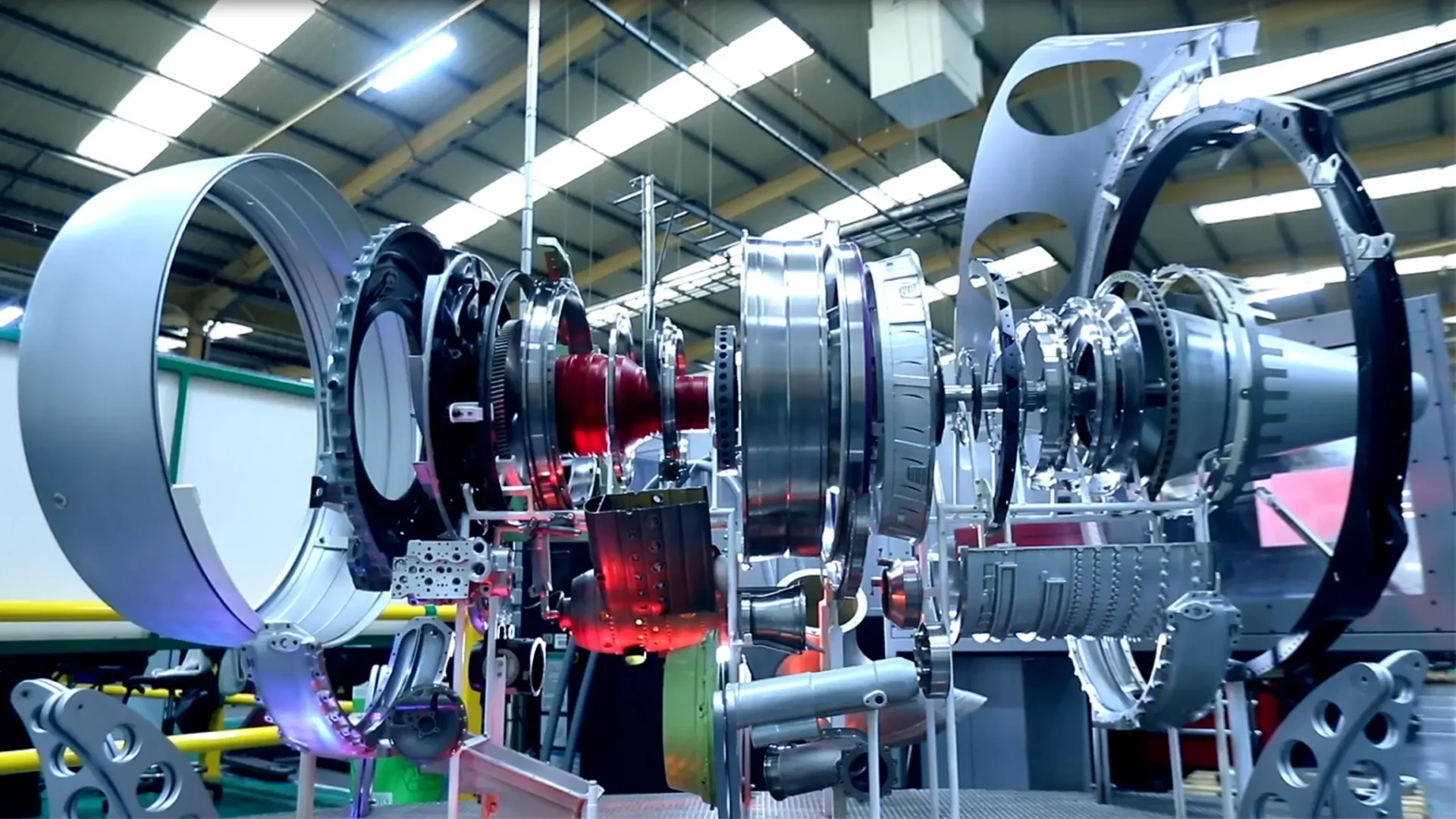
The defense sector has embraced SLS for its ability to create complex, lightweight, and sometimes classified components:
Lockheed Martin’s F-35 Joint Strike Fighter
The F-35 program has incorporated numerous SLS-printed parts, pushing aircraft performance boundaries:
- Air Ducts: 70% cost reduction, 90% lead time reduction.
- Titanium Components: 50% weight savings in some parts, enhanced stealth capabilities through complex geometries.
Outcomes:
- Improved aircraft performance
- Reduced maintenance requirements
- Faster production and deployment
Unmanned Aerial Vehicles (UAVs)
SLS has revolutionized the design and production of military drones:
- Integrated Wing Structures: Reduced part count, improved aerodynamics.
- Customized Payload Housings: Rapid design iterations, mission-specific optimizations.
Advantages:
- Faster deployment of new designs
- Enhanced mission capabilities
- Reduced radar cross-section for stealth operations
The Numbers Don’t Lie: SLS Impact in Aerospace
To appreciate SLS’s impact, consider these compelling statistics:
| Metric | Traditional Manufacturing | SLS Manufacturing | Improvement |
| Weight Reduction | Baseline | Up to 70% | 70% |
| Cost Savings | Baseline | Up to 90% | 90% |
| Lead Time | Baseline | Reduced by 50-80% | 50-80% |
| Part Consolidation | Baseline | Up to 100 parts into 1 | 99% |
| Fuel Efficiency | Baseline | Up to 25% improvement | 25% |
Lessons Learned and Future Outlook
These success stories provide valuable insights:
- Design Freedom: SLS allows previously impossible geometries, opening new avenues for optimization.
- Rapid Iteration: Faster prototyping leads to more innovative and refined designs.
- Supply Chain Simplification: On-demand manufacturing reduces the need for large inventories.
- Customization: Easy adaptation of designs for specific missions or requirements.
Looking Ahead
Expect advancements in:
- Larger Build Volumes: Enabling the production of bigger aerospace components.
- New Materials: Development of aerospace-grade materials specifically for SLS.
- AI-Driven Design: Leveraging machine learning to create optimized parts.
- In-Space Manufacturing: Expanding capabilities for long-duration space missions.
Conclusion: A New Era of Aerospace Innovation
From commercial airliners to Mars, SLS is leaving its mark on aerospace. These success stories are the beginning of a revolution in how we design, build, and fly aircraft and spacecraft. As SLS technology evolves, we can look forward to even more groundbreaking applications. The future of flight is being printed one layer at a time, and it’s more exciting than ever imagined.
Navigating Turbulence: Challenges and Future Prospects of SLS in Aerospace
Selective Laser Sintering (SLS) has revolutionized aerospace manufacturing but faces several challenges. As we move towards a future dominated by additive manufacturing for aircraft and spacecraft, understanding these challenges and potential advancements is crucial.
The Road Ahead: A Comparative Outlook
| Challenge | Current Status | Future Prospect | Potential Impact |
| Material Limitations | Limited aerospace-grade options | Advanced alloys and composites | Expanded use in critical components |
| Build Size Constraints | Max build volume ~800mm³ | Multi-laser systems, continuous printing | Ability to print large structural parts |
| Surface Finish | Extensive post-processing required | In-situ monitoring, hybrid manufacturing | Reduced post-processing, improved accuracy |
| Certification | Complex, time-consuming process | Standardized processes, AI-driven QC | Faster certification, wider adoption |
| Cost | High initial investment | Improved efficiency, new business models | More accessible technology, better ROI |
Conclusion: Reaching New Heights with SLS
SLS technology is poised to transform aerospace manufacturing, pushing boundaries from the factory floor to the surface of Mars. Despite challenges, continued innovation and collaboration across the industry promise a future of lighter, stronger, and more efficient aerospace components. As we look to the skies and beyond, the layer-by-layer revolution of Selective Laser Sintering will continue to drive aerospace innovation to new heights

